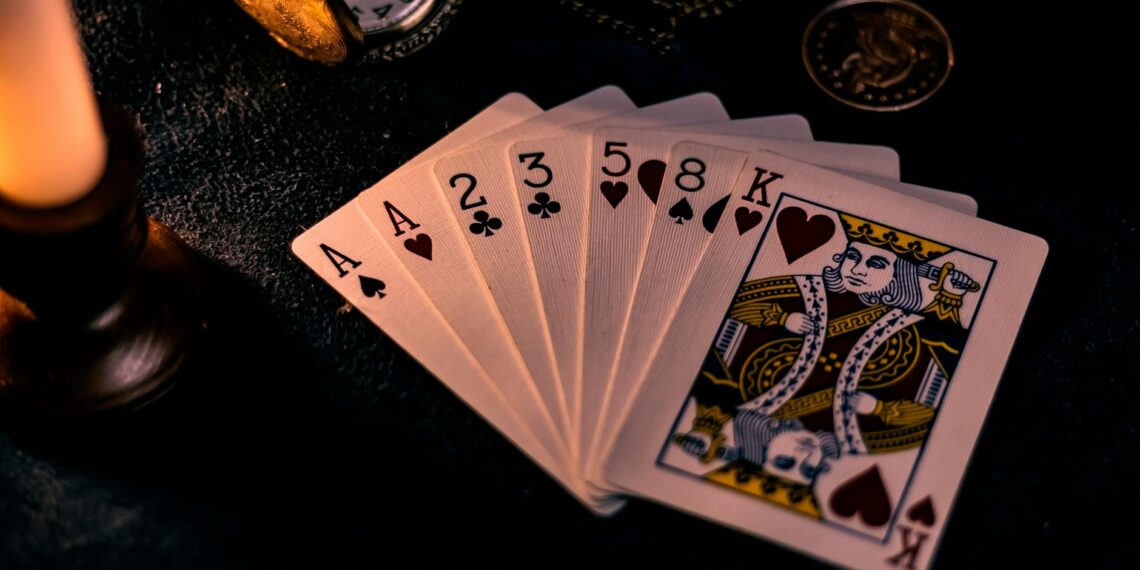The first coins are generally attributed to the ancient kingdom of Lydia , located in present-day Turkey, around 600 BCE.
These early coins, known as Lydian Lions , were made of electrum, a naturally occurring alloy of gold and silver found in the Pactolus River.
The coins were essentially irregularly shaped lumps of electrum stamped with a symbol, often a lion’s head, which was the royal badge of the Lydian kings. This stamp served to guarantee the weight and purity of the metal, facilitating trade and commerce.
Prior to the Lydian Lions, people used various forms of currency, such as:
- Clay tokens representing debts in Mesopotamia, as early as 3000 BCE.
- Cattle, shells, beads , and salt.
- Metal in the form of bars or wire, particularly in Mesopotamia and Egypt around 4500 years ago.
The Lydian innovation of standardized coinage, although initially crude, marked a significant step in the history of money and laid the foundation for the development of standardized currency systems throughout the ancient world.











When was the first 1 coin made?
I can help with that. The original, round £1 coin was introduced in 1983. It replaced the Bank of England £1 note, which ceased to be issued at the end of 1984 and was removed from circulation on 11 March 1988, though still redeemable at the bank’s offices, like all English banknotes.